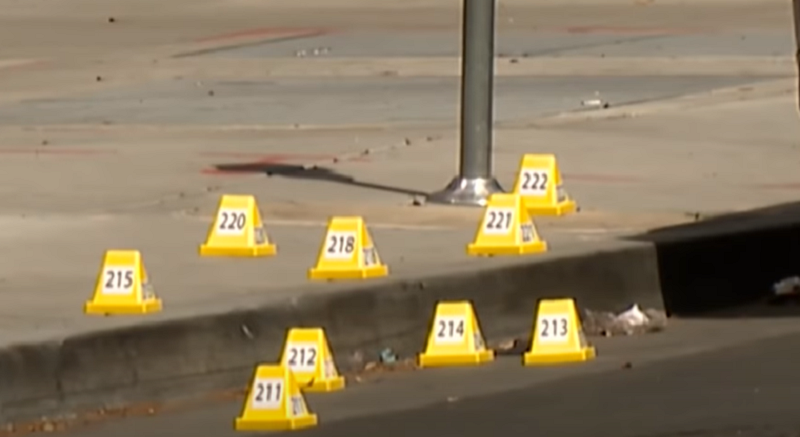
When an OIS (officer involved shooting) occurs there is a major investigative effort by specialized units or by agencies outside of the officer’s employer. Witnesses are interviewed, measurements are taken, video is examined frame by frame, and physical evidence is collected. Even if no shot is fired but other coercive compliance measures are used, a complete investigation is required.
The stakes are high. Criminal charges against officers on both the state and federal levels are possible. Police agencies and individual officers might be sued on both the state and federal levels. Department discipline for policy violations can affect a police officer even if they acted in a lawful manner. Public confidence is at risk if errors were made or answers are not forthcoming in the aftermath.
What happened in literally milliseconds will be examined and possibly litigated for years as lawyers and judges ponder the dozens of questions around the case. In all of that examination, there will likely be one report missing. The missing report will be the one where the officer was the initial victim of a crime that was never investigated independently.
Take a hypothetical domestic disturbance call. Officers arrive and intervene and find that an assault occurred, In attempting to arrest the suspect, the suspect shoves the officer, attempts to reach for a weapon to bring it to bear on an officer, and is shot by police. At what point do investigators begin their report? Is the initial resistance to a lawful arrest investigated as a separate offense? Is the officer who was the victim of the felonious assault with the weapon afforded the same consideration as the victim of any other felonious assault?
Officers are routinely ignored as crime victims. Protections under state constitutions and statutes afforded crime victims under victim rights laws are routinely ignored when police are crime victims in the line of duty. An antiquated idea that police are supposed to quietly suffer the assaults and injuries from criminal actors as part of their occupation flies in the face of the reality of cumulative physical injuries and trauma which decimate the ranks of law enforcement by disability, early retirement, and even suicide.
One survey indicated that 83% of officers have suffered on-the-job injuries and didn’t bother to report or get treatment for them because of the expectation of a lack of response from supervisors, peers, and prosecutors. Nearly 2/3 of officers report that assaults against them are among the first charges dropped by prosecutors during plea bargaining. Taking a domestic violence call once again as an example, if an officer is assaulted or resisted during the call and the domestic partner later recants or requests that the charges be dropped, the charge of assaulting an officer or resisting arrest is also often dismissed. The two events should be considered each on their own merits. If the officers had found meth on the scene while investigating the domestic call, certainly the drug charges would remain even if the domestic violence charges were dropped.
To make matters worse, these dismissed charges often occur without the victim officer’s knowledge, contrary to most states’ victims’ rights laws, according to 45% of survey respondents. In only 25% of cases where a police officer is the victim of a
crime in the line of duty were there other officers investigating the offense. In other words, when a police officer is assaulted, most of the time they have to investigate it by themselves! Imagine any other assault victim being treated that way. In addition, when a police officer is involved, there will be inevitable accusations that the officer behaved improperly, and no objective third-party investigation will exist to verify the officer’s testimony about the event.
With all the talk about criminal justice reform, our police officers, under increasing violent attack and resistance, must be assured justice, too.